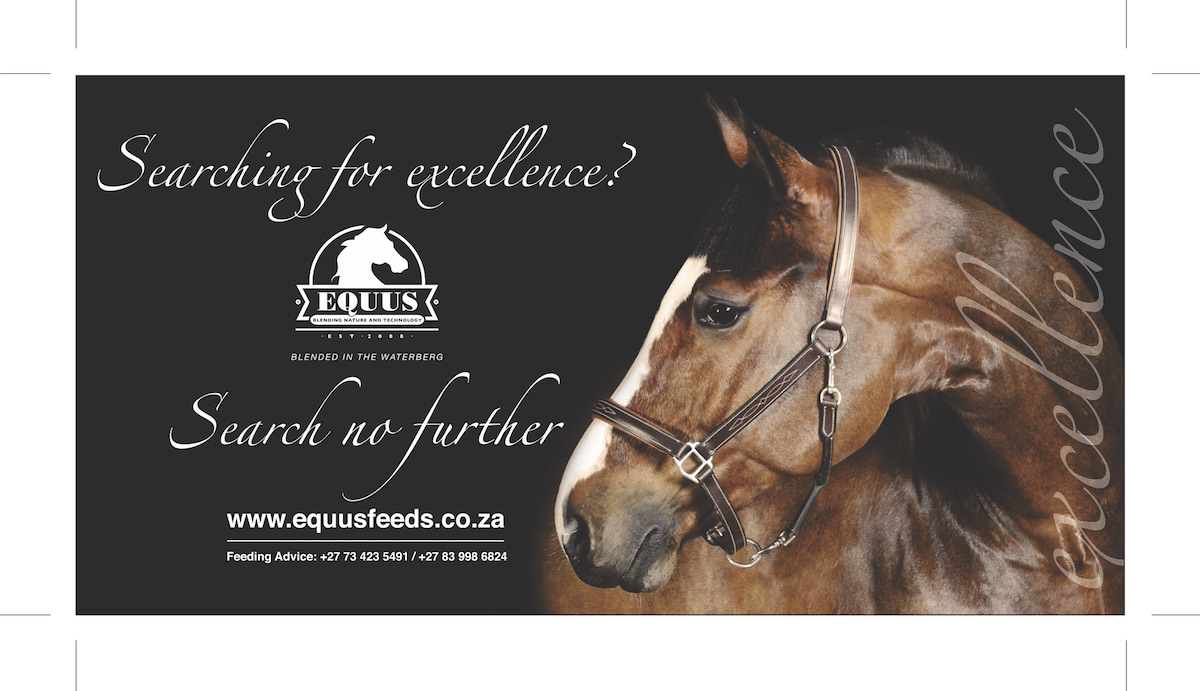Managing the Mixed Yard ~ Hannah Botha
Managing a large group of horses often creates a problem for horse owners especially when it comes to feeding. Keeping horses in a social setting with limitations on the amount of land available makes it tricky to keep a good doer/easy keeper from gaining excess weight whilst simultaneously improving the condition of the bad doers/hard keepers.
Below are a few tips which may be worth considering:
- Know the weight and condition score of each horse. Any deviations from an average weight or condition score of 5-6 needs attention, through either weight loss or weight gain.
- Watch the herd dynamics to get a better understanding of which horses may need more monitoring. Also consider grouping for condition, for instance, graze poor doers together and better doers separately. This allows you also to set aside your better grazing for poor doers.
- If horses are only out grazing during the day, take the amount of turnout time into consideration and weigh hay accurately to ensure that each horse is getting 1.5% of body weight in roughage per day. Good doers may need to have their roughage reduced to 1-1,25% which means they need less hay, and poor doers may need theirs increased to 1.75-2% per day.
- Consider using different hays – a lower nutritional value grass for the horses in good condition and a grass with higher nutritional value (a teff or Lucerne hay for example) for those needing extra.
- Avoid round bales – they may save time but can lead to extra wastage and some horses may view them as an ‘all you can eat’ buffet which could be detrimental for overweight horses. Often, well conditioned horses are the most dominant and thus get more access than the horses really needing the extra hay. If there is no alternative to round bales, consider several bales in different areas to ensure that all horses get a chance to eat.
- If alternative turnout cannot be arranged, consider grazing muzzles for those horses needing restricting.
- Concentrates and oils are often needed to provide extra calories for poor doers but remember that Balancers and Fibre products (hay cubes, beet products etc) make excellent feed choices for those not needing much, while still providing them with something.
- There is no “one feeds all” concentrate. Feeding one type of concentrate food only is not ideal. In a big yard, each horse will have different needs and one food cannot meet all the individual horses’ requirements. Each horse needs to be considered individually.
- Feed concentrates separately. If horses are not coming into their stables for meals, consider creating stalls adjacent to the paddock, where each horse walks into his own stall at feeding time to eat, then walks out when finished. If one horse eats too fast, he may need to be locked in until the other horses are all finished to avoid him gobbling his feed and then eating another’s.
Take home message
Horses are all individuals and will all require something different. Feeding one type of food will not work for all and thus grouping horses can be the most beneficial way of ensuring that all are well maintained.


